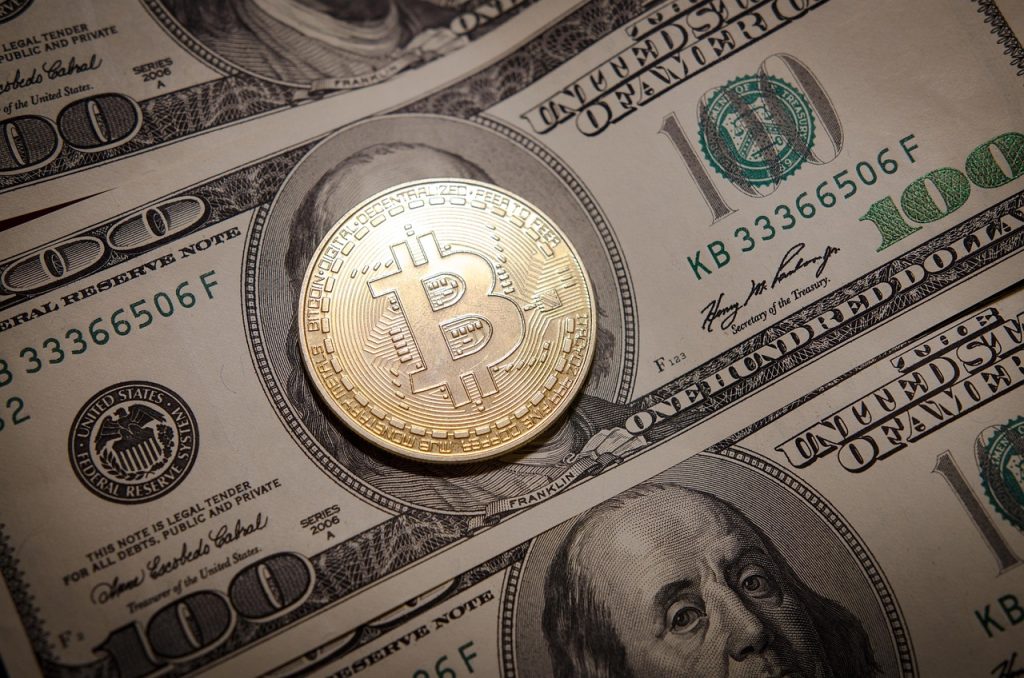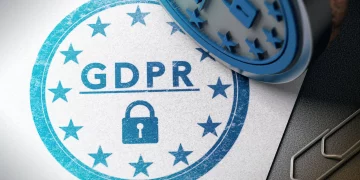Cryptocurrencies have shifted from fringe innovation to a powerful force in global finance, disrupting traditional systems with their decentralized, programmable, and borderless nature. But with that disruption comes tension: governments, financial regulators, and legal institutions are struggling to control the pace and direction of this change. The question is no longer whether cryptocurrencies will be regulated—but how blockchain technology can evolve to coexist with legal systems while preserving its core innovations.
This balance between innovation and regulation is becoming the defining challenge of the next phase of blockchain development.
1. The Legal Status of Cryptocurrency: A Global Overview
The legal treatment of cryptocurrencies varies dramatically by jurisdiction, creating a fragmented landscape:
- Legal and Regulated: In countries like the U.S., U.K., Canada, Switzerland, and Japan, cryptocurrencies are legal but subject to specific regulations related to tax, AML (anti-money laundering), and investor protection.
- Restricted or Prohibited: Nations such as China and Algeria have banned crypto trading and mining outright.
- Unregulated or Undefined: Many countries have no clear legal status for cryptocurrencies, creating ambiguity for businesses and users.
This inconsistency affects everything from exchange operations and token issuance to fundraising and wallet use. It also makes global compliance more difficult for blockchain startups and multinational platforms.
2. Why Governments Regulate Crypto
Governments don’t oppose innovation outright, but they do regulate cryptocurrencies for several reasons:
- Financial Stability: To reduce systemic risks from unregulated markets and prevent speculative bubbles.
- Investor Protection: To guard against scams, fraud, and the loss of retail investor funds.
- Taxation: To ensure that crypto gains are reported and taxed appropriately.
- Anti-Money Laundering: To prevent illegal transactions, terror financing, and sanctions evasion.
- Currency Control: To maintain control over domestic monetary policy and capital flows.
These objectives often clash with the decentralized, pseudonymous, and borderless nature of cryptocurrencies.
3. The Role of Blockchain in Enabling Regulatory Compliance
Ironically, the very properties that make blockchain disruptive—transparency, traceability, immutability—can also enable compliance when designed appropriately:
A. Transparent Ledgers
Public blockchains provide a permanent, tamper-proof record of all transactions. This can help regulators and tax authorities trace illicit activity or audit digital asset movements, often more effectively than in traditional finance.
B. Programmable Compliance via Smart Contracts
Smart contracts can automate regulatory functions:
- Enforcing KYC/AML checks before allowing token transfers.
- Freezing assets linked to suspicious activity.
- Releasing funds only when legal obligations are met.
This allows for code-enforced regulation instead of manual oversight.
C. Identity and Privacy Layers
Decentralized identity solutions (DIDs) allow users to share verifiable credentials without exposing all their personal information, offering a privacy-preserving form of compliance.
D. Permissioned Blockchains for Regulated Use Cases
While public chains may be unsuitable for certain applications, permissioned blockchains can offer controlled environments where institutions meet regulatory standards while benefiting from blockchain’s efficiency and security.
4. Innovations That Support Legal Integration
Several innovations are helping bridge the gap between crypto-native systems and traditional legal structures:
- Legal Wrappers for Tokens and DAOs: Creating legal entities (LLCs, foundations) around token projects to interface with banks, regulators, and courts.
- Regulatory Sandboxes: Countries like Singapore, the U.K., and UAE allow blockchain projects to test products under regulatory supervision before full market release.
- Token Tax Tools: Platforms like CoinTracker and Koinly help users calculate taxes, improving compliance with local laws.
- Audit and Forensics Platforms: Firms like Chainalysis and Elliptic provide on-chain monitoring tools used by law enforcement and regulators.
5. The Cost of Overregulation
While regulation is necessary, overregulation or unclear rules can stifle innovation:
- Startups May Relocate: Excessive legal burdens may drive developers to crypto-friendly jurisdictions, causing brain drain.
- Capital Flows May Shift: Investors may avoid jurisdictions with hostile or ambiguous policies, reducing financial competitiveness.
- Shadow Markets May Rise: If legitimate avenues are blocked, users may turn to unregulated or illegal platforms.
The goal is not deregulation, but smart regulation—clear, enforceable, and aligned with the unique features of blockchain.

6. Global Coordination vs. Regulatory Arbitrage
Without international coordination, projects often engage in regulatory arbitrage—operating in lenient jurisdictions while serving users globally.
Efforts to harmonize regulation include:
- FATF Travel Rule: Requires exchanges to share sender and recipient information for crypto transfers over a certain threshold.
- OECD Crypto-Asset Reporting Framework: Aims to standardize cross-border tax reporting for digital assets.
- EU’s Markets in Crypto-Assets (MiCA): Establishes a unified legal framework for crypto asset service providers across EU member states.
However, enforcement and adoption vary, making global compliance still a complex undertaking.
7. Moving Toward a Balanced Future
For blockchain and cryptocurrency to mature into global infrastructure, both sides—innovators and regulators—must evolve:
Blockchain Industry Responsibilities
- Design compliant infrastructure from the ground up.
- Collaborate with regulators during product development.
- Self-regulate through transparency, audits, and best practices.
Regulatory Responsibilities
- Provide clear, adaptive, and technology-neutral guidelines.
- Differentiate between high-risk and low-risk crypto activities.
- Support innovation through sandboxes and public-private partnerships.
8. Conclusion
Cryptocurrency is no longer a legal gray area—it is under the microscope of governments worldwide. Balancing innovation with regulation is not optional; it is essential for the technology’s legitimacy and global adoption. Blockchain itself offers tools—transparency, programmability, identity management—that can help achieve this balance.
The path forward is not confrontation, but cooperation—between developers, businesses, regulators, and users—to build systems that are both decentralized and legally robust.


















































